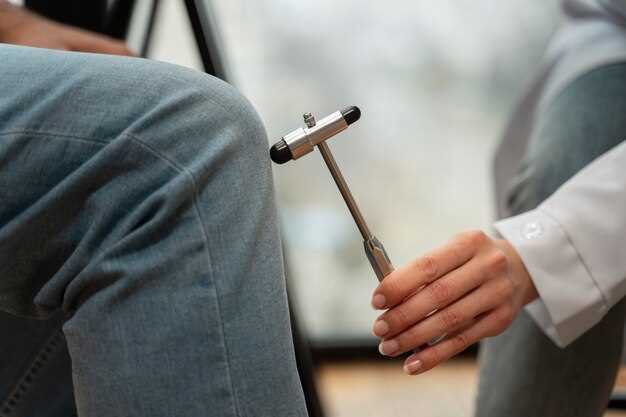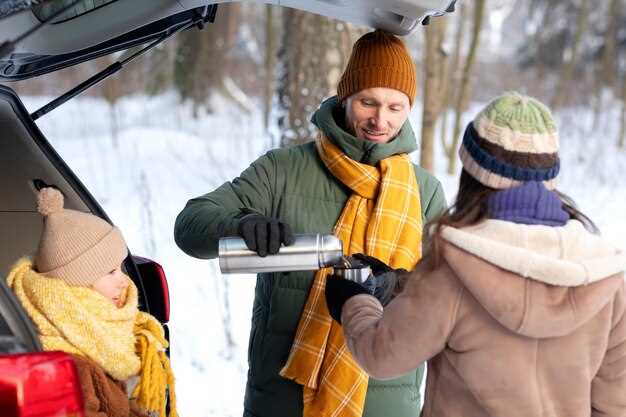
Windshield wipers are essential components of your vehicle, providing clear visibility during rain and adverse weather conditions. Over time, wiper blades can wear out, leading to streaks on the windshield and diminished performance. Regularly checking and replacing your wiper blades is crucial for maintaining safety while driving.
In this DIY guide, we will walk you through the process of replacing your windshield wipers, highlighting the tools you’ll need and providing step-by-step instructions to make the task straightforward and efficient. By following this guide, you can ensure that your wipers function optimally, enhancing your driving experience.
Replacing windshield wipers is a cost-effective maintenance task that you can easily perform yourself. Understanding the importance of clear visibility on the road, we will also discuss how to choose the right wiper blades for your specific vehicle model. After reading this guide, you will be equipped with the knowledge to tackle this essential automotive task confidently.
Choosing the Right Wiper Blade Size for Your Vehicle
To ensure optimal performance of your windshield wipers, selecting the correct blade size is essential. Each vehicle model has specific requirements regarding the length and design of the wiper blades, which are tailored to deliver maximum coverage and efficient water removal.
Check Your Owner’s Manual: The most straightforward way to determine the right wiper blade size is to consult your vehicle’s owner’s manual. Manufacturers typically provide detailed specifications regarding the lengths of both the driver’s side and passenger’s side blades, as well as the rear wiper if applicable.
Measuring Existing Blades: If you cannot find the information in the manual, you can measure the existing wiper blades. With a tape measure, carefully determine the length from one end of the blade to the other. It is crucial to measure accurately, as even a minor discrepancy can impact performance.
Consult Online Resources: Various automotive websites and retailers offer tools to help you identify the correct wiper blade size. By entering your vehicle make, model, and year, you can quickly find compatible blade sizes. Always double-check this information with your manual or existing blades.
Consider Wiper Blade Types: Besides size, consider the type of wiper blades that best suit your driving conditions. Options range from conventional blades to premium silicone or beam blades, which can offer better performance in adverse weather conditions. Ensure the chosen size is available in your desired type.
Installation Considerations: Once you’ve selected the appropriate size, verify that the new blades are compatible with your vehicle’s wiper arm attachment mechanism. Different vehicles may have varying attachment types, such as hook, pin, or bayonet styles. Ensuring compatibility will facilitate a smooth installation process.
By following these guidelines and ensuring you select the right size and type, you will enhance the effectiveness of your windshield wipers, promoting safety during inclement weather.
Step-by-Step Instructions for Removing Old Wiper Blades

Begin by lifting the wiper arm away from the windshield. This will allow you to access the wiper blade for removal. Make sure the arm is in a vertical position to prevent it from snapping back against the glass.
Next, locate the release mechanism on the wiper blade. This is typically a tab or a button that secures the blade to the wiper arm. Depending on the model, it may need to be pushed, pulled, or pushed to the side.
With the release mechanism identified, press or slide it to unlock the wiper blade. While holding the release in place, slide the old wiper blade down towards the end of the arm. Carefully pull it away from the hook or adapter at the end of the wiper arm.
Once the wiper blade is free, inspect the area to ensure there are no remaining clips or components attached. If necessary, gently wipe the connection point with a clean cloth to remove any debris.
Finally, lower the wiper arm back into position on the windshield. Repeat these steps for the other wiper blade if applicable. Your old wiper blades are now removed and ready for disposal or recycling.
Proper Installation Techniques for New Wiper Blades

To ensure optimal performance and longevity of your new wiper blades, proper installation techniques are essential. Begin by selecting the right wiper blades that are compatible with your vehicle’s make and model. Refer to the vehicle owner’s manual or the specifications on the packaging of the wiper blades for guidance.
Before starting the installation, lift the wiper arm away from the windshield. This will provide better access and prevent any accidental damage. Always ensure the wiper arm is supported and does not snap back against the glass, which could cause breakage.
Examine the old wiper blades to understand the attachment mechanism. There are various types such as hook-shaped, pin-type, and bayonet-style. Familiarize yourself with how the old blades are attached to ensure you can easily remove them and install the new ones.
To remove the old wiper blades, locate the release tab or button, depending on the attachment style. Press or pull the tab while gently sliding the old blade off the wiper arm. Be cautious during this step to avoid damaging the wiper arm.
Next, take the new wiper blade and align it with the connector on the wiper arm. Insert it into the arm until you hear a click, indicating that it is securely attached. If your new blades come with an adapter, follow the instructions provided to attach it correctly, ensuring a snug fit.
Once both blades are in place, carefully lower the wiper arms back to the windshield. Test the wipers by activating them briefly while ensuring that they operate smoothly and do not make any unusual noises. Check for proper contact with the windshield and adjust if necessary.
Finally, it’s advisable to regularly inspect your wiper blades and replace them as needed, typically every six months to a year. Proper installation and maintenance will greatly enhance your driving visibility and safety during adverse weather conditions.





